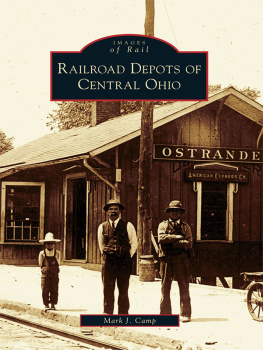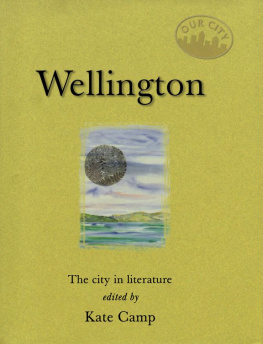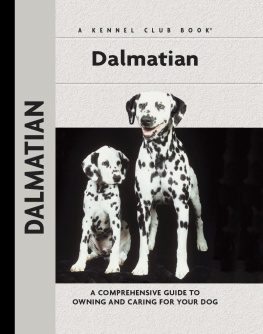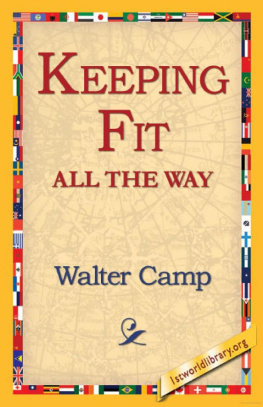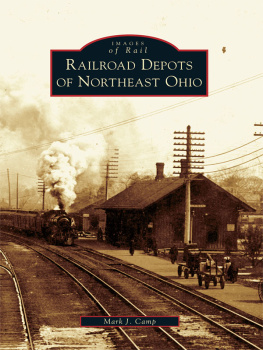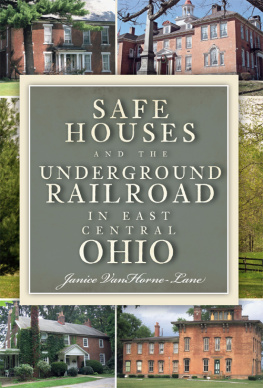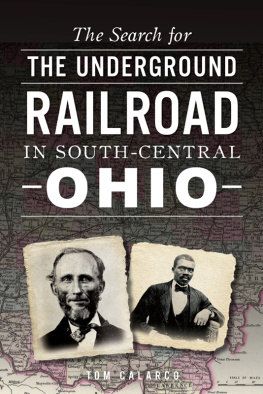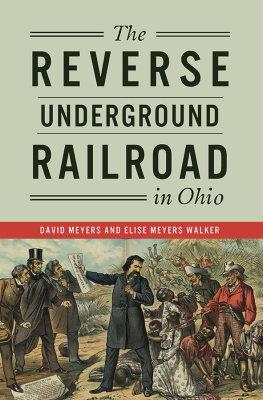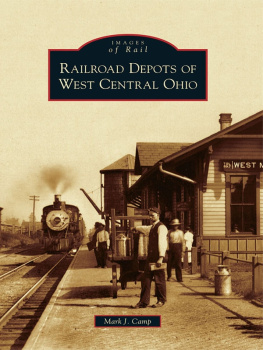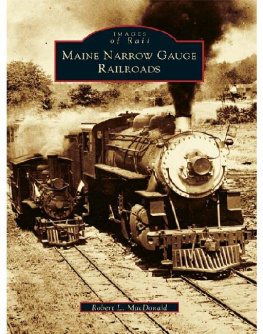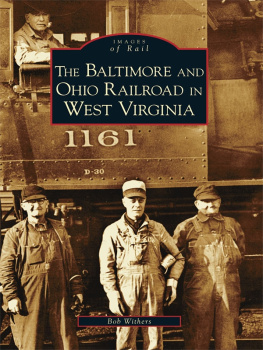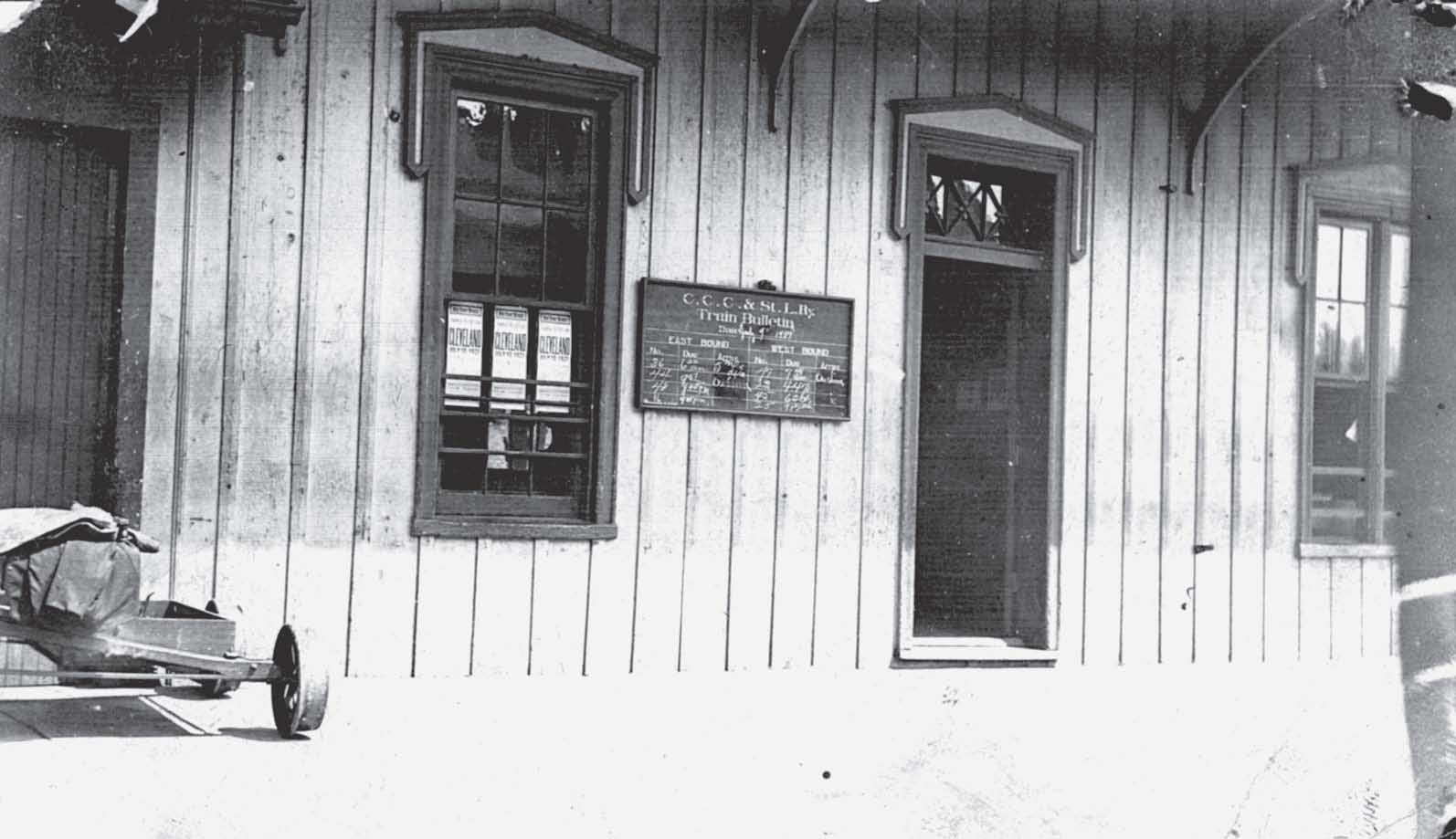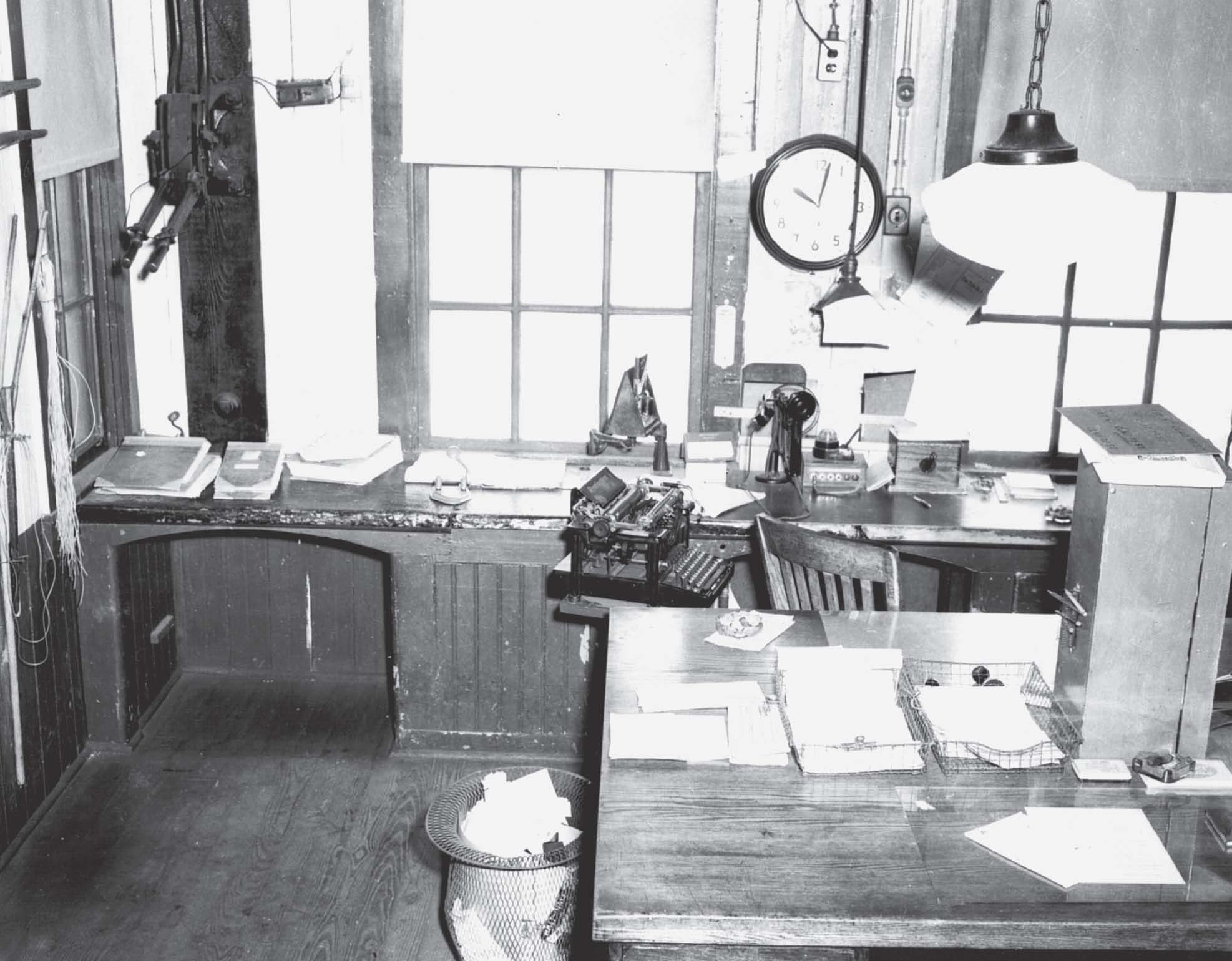The agents office at the Toledo and Ohio Central Railroad depot in Johnstown is typical of many a small-town depot. To the left in this 1961 photograph are the levers to adjust the outside order board, which signals the train crew as to whether they have passengers or important messages to pick up at the station stop. On the left wall is a Y-shaped order hoop used by the depot staff to pass messages or orders to a passing train crew without the need of a train stop. The ever-present sounder box, telegraph key, scissors phone, typewriter, station clock, and ledger sheets complete the scene. (Photograph by Bernard Kern.)
On the cover : The agent and his helpers pose for the postcard photographer on the platform of the Cleveland, Cincinnati, Chicago and St. Louis Railroad (Big Four) depot at Ostrander around 1915. This combination depot was typical of many built across central Ohio in the late 1800s. (Authors collection.)
ACKNOWLEDGMENTS
An undertaking of this scope requires the assistance and cooperation of many organizations and individuals. Without the help of the following organizations over the years this project would be far less complete. Thanks are extended to the Allen County Historical Society, Bremen Historical Society, Columbus Historical Society, Columbus Metropolitan Library, Delaware County Historical Society, Fairfield County Fairgrounds, Fairfield County Historical Society, Franklin County Fairgrounds, Grandview Heights Public Library, John McIntire Library (Zanesville), Licking County Historical Society, Marvin Memorial Library (Shelby), Norfolk Southern Railway, Ohio Historical Society, Ohio Railway Museum, Ohio Room of the Delaware Public Library, Ohio State University Library, Pickaway County District Public Library, Public Utilities Commission of Ohio, Shelby Chapter of Ohio Genealogy Society, Sherman Room of the Mansfield/Richland County Public Library, Sunbury Public Library, Toledo Lucas County Public Library, University of Toledo Carlson Library, and all the libraries and historical associations of central Ohio. Among the individuals that have contributed in one way or another to this book are Charles Bates, Chris Burchett, Bob Carter, Bob Chilcote, Jeff Darbee, Paul Dunn, Michael Frazier, Charles Garvin, H. Roger Grant, Herb H. Harwood, Jim Henry, John Keller, Bernard Kern, Bob Lorenz, Tim Brian McKee, Ed Miller, Max Miller, Eldon Neff, David P. Oroszi, Ed Pool, Gary D. Rolih, Jeff Spencer, Scott D. Trotsel, Ed Weber, Dan West, and Carl T. Winegardner. Some contributed photographs, others have written on the railroad history of this region, and still others have served as an inspiration through the years. As usual, I also thank Kevin Capurso for his help in scanning the photographs.
Among the books and references that aided in this study are the Reports of the Ohio Railroad Commission , Annual Reports of the Public Utilities Commission of Ohio , Poors Manuals , Railroad Gazette , Railway Age , and other trade journals. County histories, centennial/sesquicentennial publications, newspaper articles, and various railroad and historical Web sites have also been perused. Reference has also been made to George H. Burgess and Miles C. Kennedys Centennial History of the Pennsylvania Railroad Company ; Jeffrey T. Darbees Taking the Cars: A History of Columbus Union Station ; Edward H. Millers The Hocking Valley Railway ; John A. Rehors The Nickel Plate Story ; Scott D. Trostels The Detroit, Toledo and Ironton Railroad ; and Carl T. Winegardners two volume set A Historical Account B&O Rail Lines 18301989 .
INTRODUCTION
The initial growth and prosperity of many small communities in central Ohio was dependent on the railroads built through this region in the mid- to late 1800s. Shelby welcomed its first passenger train in 1846 along the Monroeville and Sandusky City Railroad; by 1851, trains of the Cleveland, Columbus and Cincinnati Railroad were stopping at Shelby Junction. The first lines to enter Columbus were the Columbus and Xenia Railroad in 1850, the Cleveland, Columbus and Cincinnati Railroad in 1851, and the Central Ohio and Columbus, Piqua and Indiana Railroads in 1853. The Springfield, Delaware and Mount Vernon Railroad served Delaware and Marysville by 1854. Mansfield and Newark were connected by the Columbus and Lake Erie Railroad in 1852. By 1857, the Cincinnati, Wilmington and Zanesville Railroad reached Bremen. These lines eventually came under control of the Baltimore and Ohio, New York Central, and Pennsylvania lines and were joined in the later 1800s by predecessors of the Chesapeake and Ohio Railway; Detroit, Toledo and Ironton Railroad; Norfolk and Western Railway; and more New York Central and Pennsylvania Railroad precursors.
The railroads were responsible for the platting of a number of towns including Brice and Summit Station. At each town, a depot was eventually erected to handle passenger and freight business. Depots were also necessary at railroad junctions to provide a means of interchange. It is estimated that during the heyday of railroad travel, some 265 depots dotted the central counties of Ohio.
The first depots were often small utilitarian structures, sometimes a mere roof over a wood or gravel platform. Others rather looked like barns through which the trains ran, for example the 1862 Columbus union station. If a community already existed, a hotel or inn might have served as the initial depot. As railroad travel became the fashion, depots evolved into a standard three-room structure with space for the agent and staff, a passenger waiting room, and a freight room. Beginning in the late 1800s, railroad construction crews modified some depots by lengthening the freight and or passenger ends to fit the local needs. In larger towns and cities, for example Delaware and Mount Vernon, separate passenger, baggage, and freight depots were erected; while in smaller communities like Pickerington and Ostrander, combination passenger-freight depots were the rule. As towns grew in population and importance to the railroad, the original combination depot may have been converted to freight use and a new passenger depot constructed; such was the case at Delaware on the Cleveland, Cincinnati, Chicago and St. Louis Railroad (Big Four) line. A union depot or station was a design serving two or more railroads, often constructed at junction points, for example Lancaster and Mansfield, or in major rail hubs, like Columbus.

